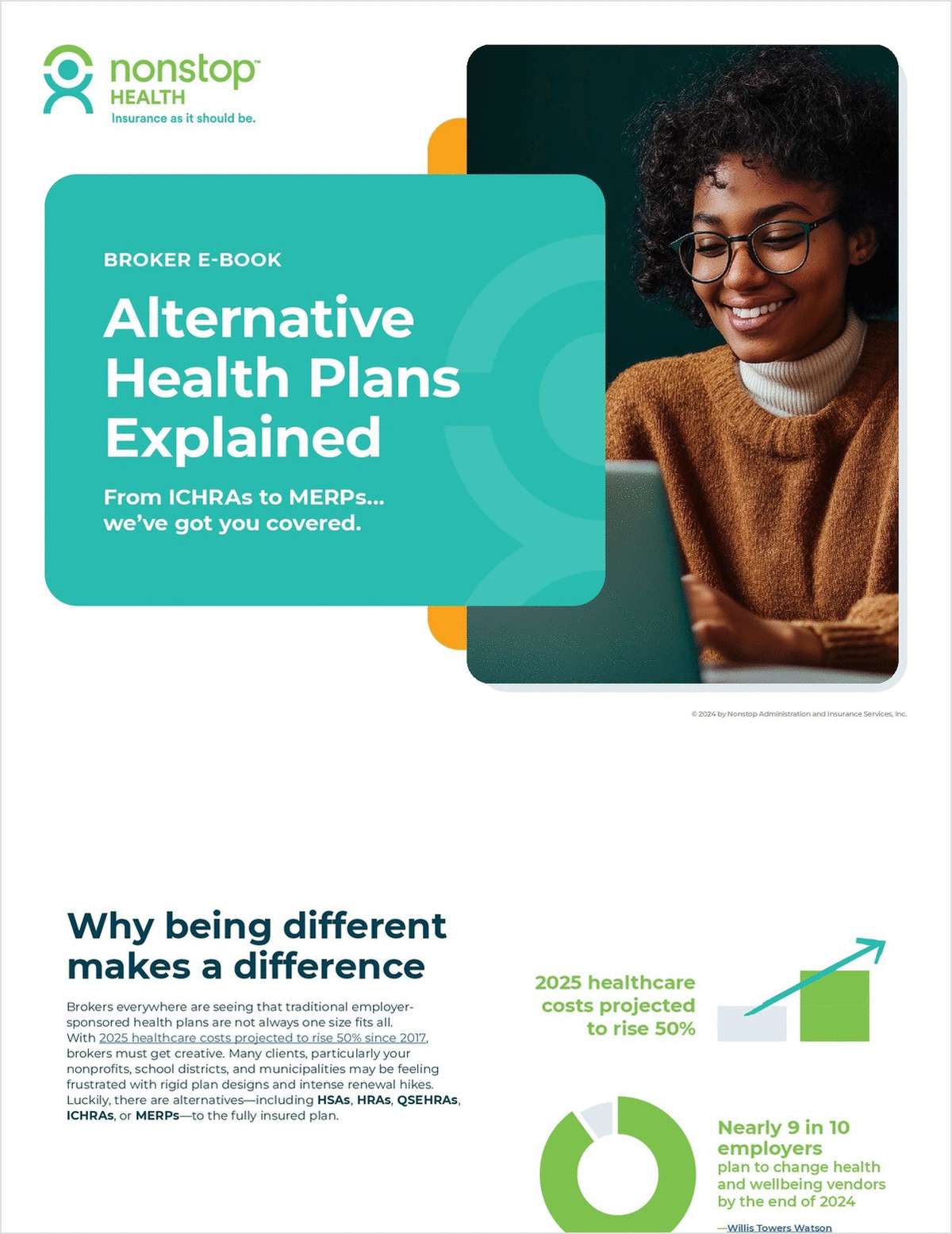Oct. 8 (Bloomberg) — It costs a family of five about $1,500 for a four-day pass to the theme parks at Disney World near Orlando, Florida. It takes Weston Vlier, who drives a bus there, four weeks to earn that much. "If nobody is able to help us out with food, we just don't eat," said the 42-year-old father of three who makes less than $25,000 per year. "I can't even pay my rent this week." Vlier belongs to a growing class of working poor in Orlando, which has the lowest median pay among the 50 most-populous American metropolitan areas, according to U.S. Labor Department data. Three of the city's largest employers, including
Walt Disney Co., increased starting pay this year. Even after Disney raised its minimum wage to $10 per hour, Vlier still lives below the federal poverty line. A local economy dominated by low-wage jobs has caused fiscal troubles for Mayor Buddy Dyer, a 56-year-old third-term Democrat, underscoring the widening gap between cities as well as among wage earners. Orlando lifted property taxes by 17.7 percent last month to close a $17 million budget hole next year. It joins low-wage cities like Atlantic City, New Jersey and Memphis, Tennessee, struggling to cover rising costs. In contrast, Houston, Nashville, Tennessee, and San Jose, California, have seen property-tax collections soar to records. "The reason it becomes a potential problem for places like Orlando from a budgetary standpoint is that they don't have the money to build the infrastructure that could attract well-educated workers," said Donald Grimes, an economist at the Institute for Research on Labor, Employment and the Economy at the University of Michigan in Ann Arbor. "They don't have enough money to play with to expand." Orlando is now the most-visited U.S.
tourist destination — with attractions and hotels that draw visitors from Miami to Malaysia. Businessman Walt Disney's decision five decades ago to build the country's largest theme park near Orlando sparked much of the growth. The metropolitan area, whose population has almost doubled since 1990 to 2.3 million, set a record with 59 million visitors last year, outpacing New York's 54.3 million and Paris's 29.3 million, according to the cities' tourism agencies. Today, Disney World is the largest employer in the region, with about 70,000 employees. An army of hotel maids, bus drivers and ride operators work around the clock to maintain its allure.
Economy's backbone Such workers form the backbone of Orlando's economy. Leisure and hospitality jobs make up about 20 percent of the labor force. Food preparers, waiters, cleaners and cashiers are among the most common professions.
Almost 40 percent of jobs in Orlando pay less than $25,000 per year, the largest share in the 50 most-populous U.S. cities, according to a 2013 analysis by the Orlando Sentinel newspaper. Median pay of $29,400 was the lowest among them, U.S. Labor Department data show.








